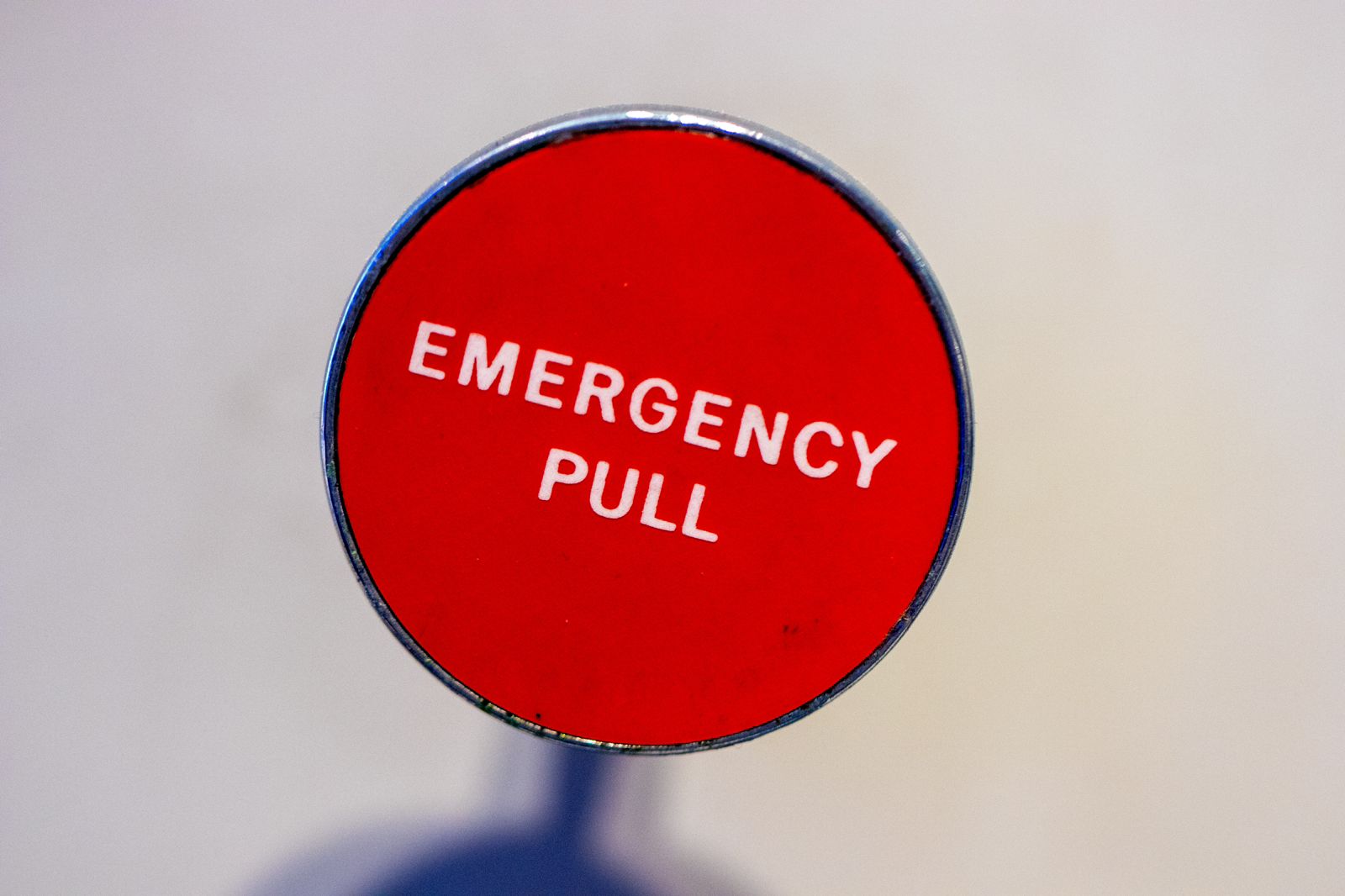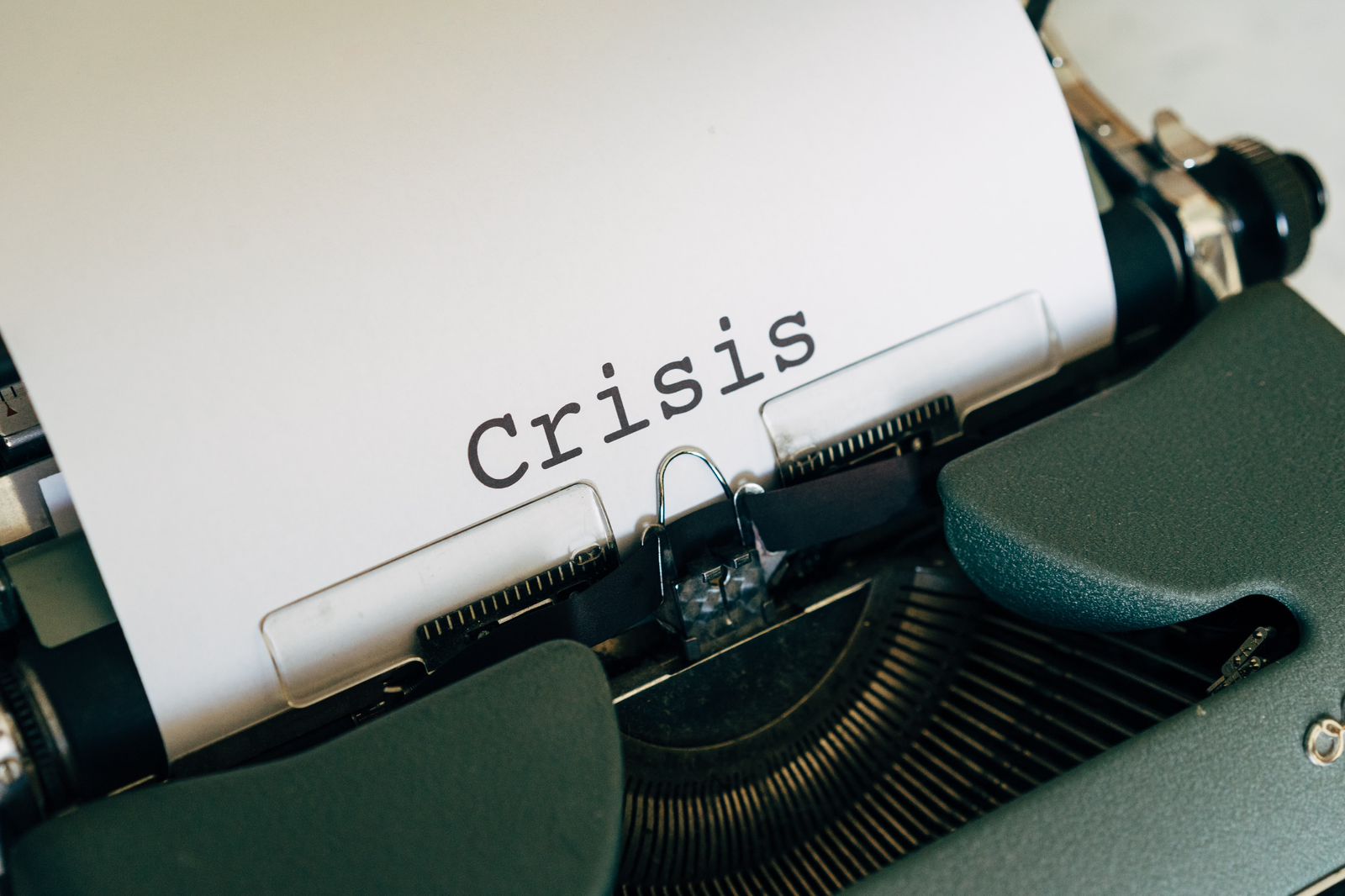
- 29 Apr 2023
The importance of follow-up in communication strategies
Communication strategies allow you to be proactive, prioritize, avoid errors and meet your clients. Here we tell you what and how to do it.
Effective communication strategies for your company
The success of your company's communications is based on the effective strategies you have drawn up to achieve the objectives you set for yourself. However, monitoring these is essential to evaluate the results and make the necessary adjustments.
How are good results achieved in an effective communication plan?
Good results in an effective communication plan are achieved by establishing clear and measurable objectives. In addition, you must know your market niches and adapt the message to their needs, using the appropriate channels with two-way communication and monitoring and measuring each channel to be able to make adjustments in real time, as we indicate below.
- Set measurable objectives : Before implementing a communication strategy, it is important to have clear and measurable goals, so that you are clear about what should be tracked.
- Select appropriate metrics: Depending on the goal of the strategy, you should identify the metrics you want to track. For example, if the goal is to increase your followers on social networks, then you should measure likes, comments and interactions.
- Establish a monitoring plan: Determine the frequency at which monitoring will be carried out, as well as the person(s) responsible for data collection, and how they will be obtained.
- Continuously monitor and measure: During the implementation of the communication strategy, it is important to continuously monitor and measure the selected metrics. This will allow you to make adjustments in real time, in case you observe unexpected results.
- Analyze the results and make adjustments: Once the data has been collected, analyze and compare it with the established objectives. If the results are not as expected, you must make the necessary adjustments to the communication strategy.
What are the most used communication strategies by companies?
First, it must be clear that communication strategies are established in accordance with the proposed objective: brand reputation, market positioning through different media, restructuring, increasing sales online and in physical stores, among other reasons.
To achieve these objectives, you must take into account the needs and the audience to which each of the campaigns is directed, such as internal communications, advertising, public relations, digital marketing, crisis and brand communication, among others like these.
Launch: when you need to present a new service or product, you must include public relations, advertising, digital marketing and other communication activities that reinforce the campaign and generate interest.
Trust : In business communication it refers to the credibility and integrity of your company. This is gained through consistency and transparency in communication with customers, employees and other stakeholders.
Positioning: it is the place your brand occupies in the consumer's mind in relation to your competitors. The objective of positioning is to differentiate yourself from the competition and create a unique and attractive brand identity.
Positioning communication : it is the strategy used to communicate and reinforce the positioning of a brand in the consumer's mind. You can include advertising, public relations and digital marketing activities.
Traditional and digital public relations : used to build and maintain positive relationships with the media, customers, employees and other stakeholders. Activities such as conferences and press releases, interviews, digital media and social networks are included to reach a broader audience.
Digital Marketing and SEO: Digital marketing is the promotion of products and services through digital media, such as email, social media, and online advertising. SEO refers to search engine optimization, which is a strategy used to improve the ranking of a web page in Google results.
Social networks: These digital platforms allow you to connect and communicate with your audience, through text posts, images and videos. Also, they become an important tool for building the brand and generating awareness.
Informative content and brand journalism: this strategy is used to inform the audience about relevant and interesting topics. Brand journalism involves creating content that resembles news and is distributed through traditional and digital media channels.
Media training: With this technique, company spokespersons are trained in how to interact with the media. The objective is to improve the ability of spokespersons to communicate the company's message effectively and avoid uncomfortable or difficult situations for the brand's reputation.
Social responsibility: It is the company's commitment to ethical and responsible practices in its commercial operations and with society in general. This can include sustainable practices, charitable donations, and efforts to support the local community, all of which can be shared through social media.
Growth: is the ability of a company to adapt and evolve in a constantly changing business environment, through the effective use of communication to achieve its objectives and maintain its permanence in the market.
How to develop a communication strategy?
We share this guide to develop an effective communication strategy (link to product page) for your company:
- Identify your communication objectives: define what you want to achieve with your communication strategy. Some examples: increase sales, improve brand reputation, generate brand awareness, among others.
- Know your audience: Identify and understand your target audience, their needs and preferences. Communication must be adapted to the audience you want to reach.
- Establish your key messages: Define the messages you want to convey and make sure they are coherent and consistent across all communication channels.
- Select the right channels: Identify the most effective channels to reach your audience, such as social networks, email, online advertising, events, among others.
- Develop a content plan: Create a content plan that includes key messages, content formats, topics, and publication dates.
- Create a communication calendar: Develop a communication calendar that allows you to plan and coordinate all the company's communication activities over time.
- Evaluate and adjust strategy: Track the effectiveness of your communication strategy, identify areas for improvement, and adjust the strategy accordingly.
- Communicate internally: Ensure that all company employees are informed and aligned with the company's objectives and mission so that they can be brand ambassadors and support the communication strategy.
Remember that an effective communication strategy must be coherent, consistent and adapted to your audience. If you need support to establish the best strategy for your company, hire the services of a press, media and marketing agency like Image & Press.



























